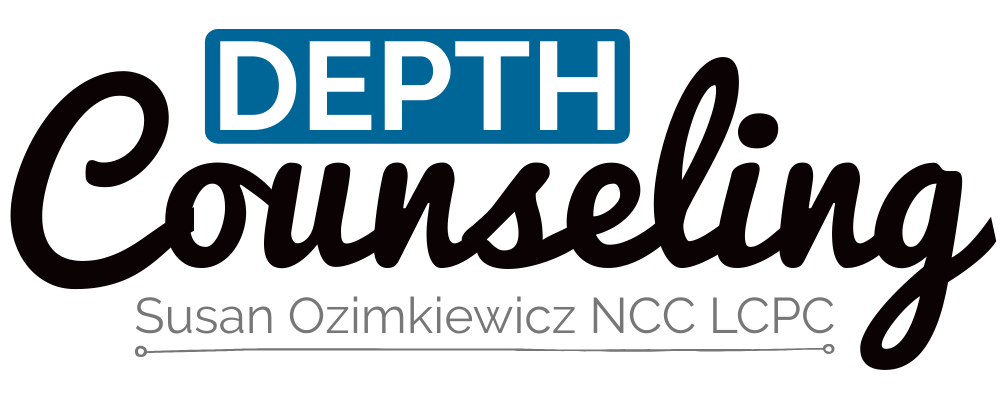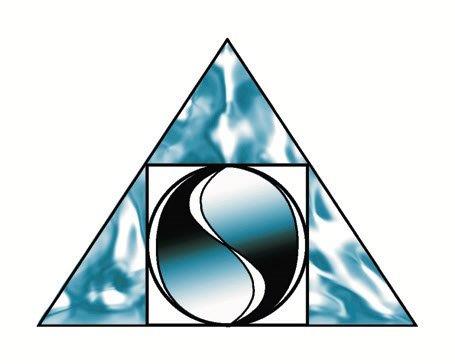Know Your Anger
I have many clients that are interested to understand more about their own anger and want to use healthy ways to manage it. Everyone has anger. It is an ally and tells you that something is not right when you feel it. The anger needs to be expressed appropriately. Anger is also a form of self protection and helps you keep the person or situation that you are angry about at arms length. Read through the list below. Can you identify your own levels of anger? Use this awareness to monitor your feelings and begin to own them as yours and take responsibility for effectively managing them.
Recognizing The Levels Of Anger
- Uneasy
- Uncomfortable
- Withdrawn
- Irritated
- Agitated
- Annoyed
- Upset
- Mad
- Angry
- Furious
Anger is not aggression, hostility, or attack, these are different energetic expressions. When you are full of rage or raging you are the energy rage.
Recognize Your Physical Responses To Anger
- Headache
- Muscle tension
- Clenched fists
- Changes in breathing
- Upset stomach
- Tight stomach
- Tight eyes
- Sleep disturbance (ruminating)
- Yelling/screaming
- Hitting/breaking things
Ways To Deal With Your Anger
- Recognize it when you are experiencing it.
- Express it appropriately by stating how you feel with “I” statements.
- Physical activities, exercise, talk with a person who will listen, & journaling are some ways to resolve your angry feelings.
How To Handle Angry People
Backlund and Scott ( Assertiveness: Get What You Want Without Being Pushy) suggest the acronym “ BULLETS ” to use when confronted with difficult and angry people. This is an adaptation for your information.
1. Be seated. Be calm and ask the other person to sit down with you which can slow down an intense response.
2. Use the person’s name. Using a soft tone of voice and using their name all the time can slow their reactiveness.
3. Lower your voice. When tension is palpable and present lower your voice tone.
4. Listen. Listen, hear and acknowledge without rushing what the person has to say. Validation of their issue, thoughts, and feelings is not agreement.
5. Eliminate humor. When a person is upset don’t minimize or make light of the situation because they would feel minimized and disrespected, and it could increase their anger.
6. Talk, don’t argue. Arguing increases anger and tension. Rational conversation makes people be generally calmer and more likely to help problem-solve.
7. Slow-down. Decreasing your rate of speech is a way to role-model to the upset person a good behavior pattern in an appropriate manner.
© Ozimkiewicz



Signup for Newsletters and Updates
Subscribe
Thanks for subscribing.
Oops, there was an error sending your message. Please try again later.
All Rights Reserved | Susan Ozimkiewicz NCC LCPC




